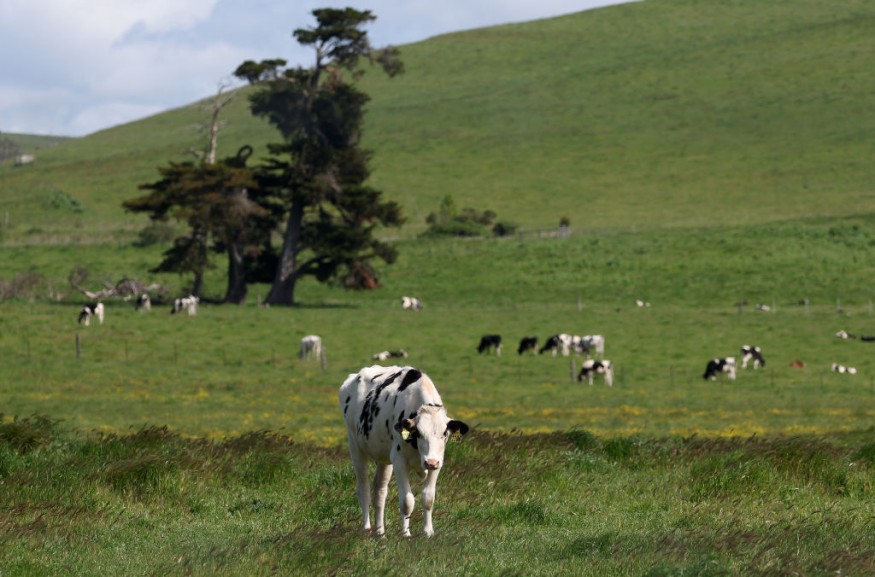A dairy worker in a farm in Colorado was found to be infected with bird flu, according to the Centers for Disease Control and Prevention, making it the fourth patient in the USA.
Official records showed that the previous cases were reported in Texas, with one case, and two others in Michigan.

Latest Bird Flu Infection
The latest patient reported to health officials the eye symptoms he is experiencing such as redness, got tested and received oseltamivir treatment. Authorities noted that he had already recovered from the illness.
The latest infection does not change the CDC's current H5N1 bird flu human health risk assessment for the general public in the US. Still, health authorities consider this to be low.
However, the development has emphasized the importance of recommended precautions in people who are having exposure to infected animals.
Health authorities noted that people with close or prolonged, unprotected exposures to infected birds or other animals (including livestock) are at greater risk of infection.
Those who are exposed to environments contaminated by infected birds or other animals are also threatened with catching the bird flu.
Due to the latest development, the CDC has been monitoring influenza surveillance systems closely, particularly in the affected areas. So far, there has been no reported sign of unusual influenza activity among people,even those in the syndromic surveillance.
To recall, it was in March when dairy cows located in farms in Texas and Kansas have tested positive for bird flu. Aside from that, the cows in New Mexico were also thought to have been infected by the virus.
Three weeks before the detection of bird flu, the cows became sick with a cold-like disease. They were also reported to have produced less milk than usual, with experts mentioning that their appetites decreased and they appeared lethargic.
As of this month, there are 12 states that have outbreaks in dairy cows, according to the CDC.
Infection Among Humans
Experts explained that avian influenza, commonly called "bird flu," is a viral infection that usually spreads in birds but in some cases, it can also infect humans. Influenza A(H5N1) is the most common cause among human beings.
It can cause severe respiratory symptoms and people who work with poultry, waterfowl (like geese and ducks) and livestock are most at risk.
Health officials said that humans can get bird flu if they come in contact with an infected animal's body fluid, like spit or saliva, respiratory droplets or even the animal's poop or feces.
Humans can breathe it in from small dust particles in animal habitats or get it into their eyes, nose or mouth after touching the animals' body fluids.
One way to prevent someone from getting bird flu is through wearing protective clothing - like gloves, a mask and goggles - when working with birds, wild animals and livestock.
Humans should also wash their hands frequently when handling birds, wild animals and livestock or after being in the areas where they live.
Related Article : Bird Flu Outbreak: Cow Milk May No Longer be Edible Following Detection of Avian Influenza Pathogen in Colorado Dairy Cattle
© 2025 NatureWorldNews.com All rights reserved. Do not reproduce without permission.





